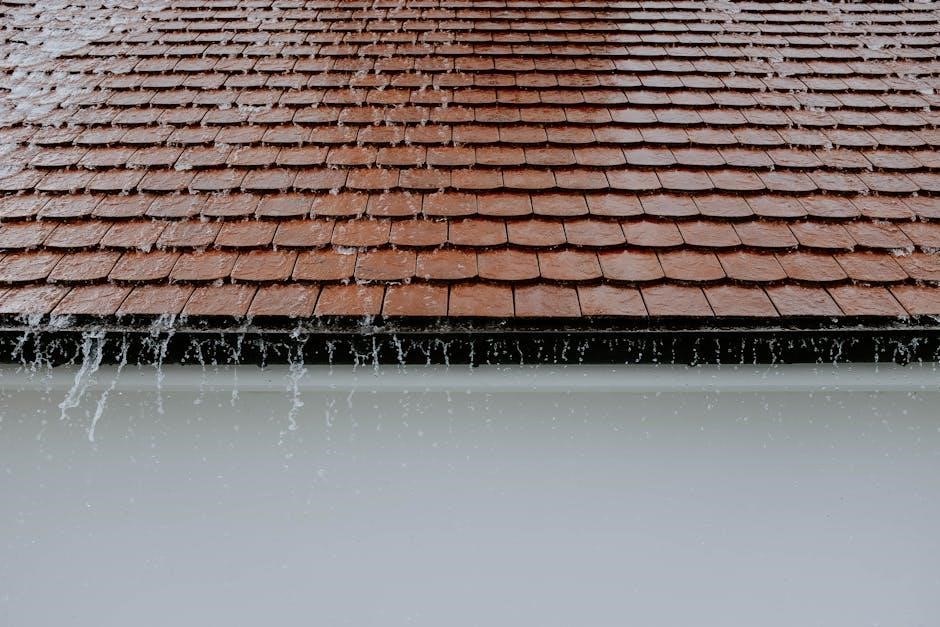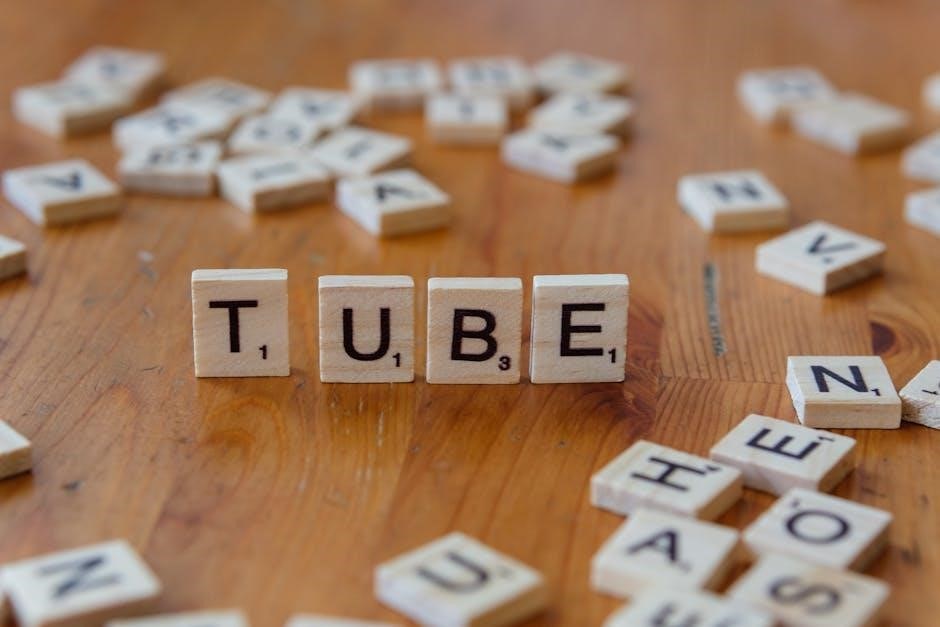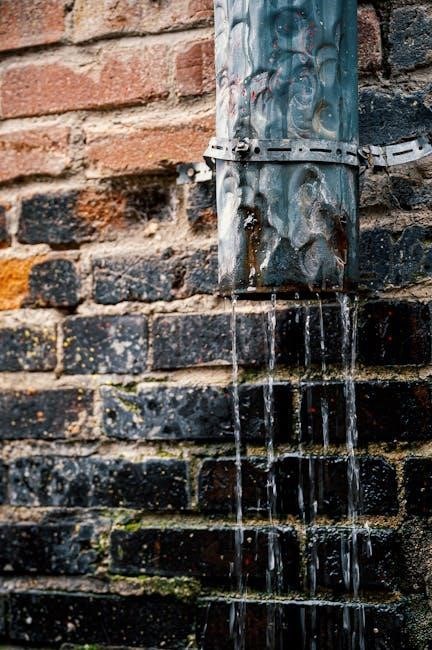PleurX Catheter: Drainage Instructions

The PleurX catheter offers a straightforward method for draining fluid, typically taking between 5 to 15 minutes․ The process involves connecting the drainage catheter to the line on the collection bottle, using a vacuum to automatically draw out fluid․
What is a PleurX Catheter?
A PleurX catheter is a specially designed, flexible, and tunneled catheter used to drain fluid buildup from the pleural space around the lungs or the abdominal cavity in cases of malignant ascites․ It serves as an alternative to repeated thoracentesis procedures, allowing patients to manage fluid accumulation comfortably at home․ The catheter is inserted by a healthcare provider, typically exiting the skin through a lower incision, capped, or connected to a drainage bag depending on the specific situation․
The PleurX system includes a one-liter vacuum bottle with a drainage line that connects to the catheter, facilitating fluid removal․ After implantation, often as an outpatient procedure, patients can drain fluid as needed, usually within 5-15 minutes․ The system offers a convenient way to relieve symptoms associated with fluid accumulation, reducing the need for frequent hospital visits․ The drainage supplies are readily available through designated suppliers, ensuring easy access for patients managing their condition at home․
Indications for PleurX Catheter Placement
PleurX catheter placement is indicated for patients experiencing recurrent pleural effusions or malignant ascites, where fluid accumulation causes significant symptoms and repeated drainage procedures are required․ This often includes individuals with cancer where fluid builds up around the lungs (pleural effusion) or in the abdomen (ascites)․ It is particularly useful when standard treatments have failed to control fluid buildup, or when frequent hospital visits for thoracentesis or paracentesis are impacting the patient’s quality of life․

The PleurX catheter provides a long-term solution, allowing patients to manage their fluid levels at home, reducing the need for repeated invasive procedures and hospitalizations․ Moreover, the catheter can be used to deliver medications like talc or bleomycin for chemical pleurodesis, aiming to create adhesions between the lung and chest wall, preventing further fluid accumulation․ Ultimately, the decision to place a PleurX catheter is based on a careful assessment of the patient’s condition, symptoms, and overall treatment goals, with the aim of improving comfort and reducing the burden of repeated interventions․
PleurX Catheter Components and Drainage System
The PleurX catheter system comprises several key components designed for effective and convenient fluid drainage․ The primary element is the PleurX catheter itself, a flexible, tunneled catheter inserted into the pleural or peritoneal space․ This catheter features multiple holes along its length to facilitate fluid entry․ The external end of the catheter connects to a drainage line․
The drainage system includes a vacuum bottle, typically one liter in volume, which creates suction to draw fluid out through the catheter․ The drainage line has a roller clamp to control the flow․ A valve cap protects the catheter when not in use․ The system also comes with a procedure pack containing essential supplies, such as a dressing for site care․ The vacuum bottle is pre-filled, simplifying the drainage process․ A collection unit may be used for patients needing more fluid drained in one session․ These components work together enabling patients to drain fluids from home․
Preparing for PleurX Catheter Drainage
Prior to initiating the PleurX catheter drainage procedure, meticulous preparation is essential to ensure a safe and effective process․ Begin by gathering all necessary supplies, typically included in the PleurX drainage kit․ This usually comprises a fresh drainage bottle, a sterile dressing, antiseptic wipes, a clamp, and a clean, designated workspace․ Hand hygiene is paramount; thoroughly wash your hands with soap and water for at least one minute․
Next, prepare the drainage area by laying down a clean barrier to prevent contamination․ Inspect the PleurX catheter site for any signs of infection, such as redness, swelling, or discharge; contact your healthcare provider if such signs are present․ Ensure the drainage bottle’s roller clamp is tightened to prevent premature drainage․ Familiarize yourself with the drainage bottle’s connection point and the catheter valve․ Proper preparation minimizes risks and streamlines the drainage process․ If you have a caregiver, have them present and ready to assist․
Step-by-Step PleurX Catheter Drainage Procedure
Initiate the PleurX catheter drainage by assembling all necessary components: the PleurX drainage bottle, connector, and any additional supplies recommended by your healthcare provider․ Ensure a clean workspace to minimize infection risk; Begin by thoroughly washing your hands with soap and water for at least one minute․ Next, carefully remove the dressing covering the PleurX catheter insertion site․ Inspect the site for any signs of infection, such as redness, swelling, or drainage․
Once the site is assessed, cleanse the catheter valve with an antiseptic wipe․ Remove the cap from the catheter valve, holding the base to avoid dislodging it․ Immediately connect the drainage line from the PleurX bottle to the catheter valve, ensuring a secure connection․ Open the roller clamp on the drainage line to initiate fluid drainage into the vacuum bottle․ Monitor the drainage process closely, observing the fluid flow and volume․ Once drainage is complete, clamp the drainage line before disconnecting it from the catheter․
Connecting the Drainage Line to the Catheter
After preparing the drainage site and ensuring all materials are readily available, the next crucial step is connecting the drainage line to the PleurX catheter․ Begin by carefully removing the protective cap from the end of the PleurX catheter valve․ It’s essential to maintain sterility during this process to prevent infection․ Gently hold the base of the catheter valve to stabilize it while twisting the cap counterclockwise and pulling it away․ Discard the removed cap appropriately․
Next, take the drainage line from the PleurX drainage bottle and remove the cover from its access tip․ Align the drainage line connector with the PleurX catheter valve․ Push the drainage line connector firmly onto the catheter valve, ensuring a secure and airtight connection․ A proper connection is vital for effective drainage and to prevent any leakage during the procedure․ Once connected, double-check the connection to confirm that it is snug and stable before proceeding to the next step․ This meticulous approach ensures a seamless and safe drainage process․
Opening the Roller Clamp and Initiating Drainage
With the drainage line securely connected to the PleurX catheter, the next critical step involves opening the roller clamp on the drainage line to initiate the drainage process․ Before proceeding, ensure that the PleurX drainage bottle is positioned below the level of the catheter insertion site to facilitate gravity-assisted drainage․ Gently release the roller clamp by rolling it along the drainage line, allowing the fluid to flow from the pleural or peritoneal space into the vacuum bottle․
As you open the clamp, observe the drainage line for any immediate flow of fluid․ The vacuum within the bottle will automatically begin to draw out the fluid through the catheter․ Monitor the flow rate and volume of fluid being drained․ If the flow is slow or nonexistent, check for any kinks or obstructions in the drainage line․ Adjust the position of the drainage bottle or the patient to optimize drainage․ Remember, the goal is to allow a steady, controlled flow of fluid into the collection bottle․
Monitoring Drainage Volume and Flow Rate
Once drainage has begun, closely monitor both the volume of fluid being extracted and the rate at which it is flowing․ The PleurX drainage bottle is marked with volume graduations, allowing for accurate measurement of the drained fluid․ Pay attention to the speed at which the fluid is filling the bottle․ A consistently slow flow may indicate a partial obstruction or that the vacuum within the bottle is diminishing․ Conversely, an excessively rapid flow could lead to discomfort or complications․
During the drainage process, it’s essential to adhere to any specific instructions provided by your healthcare provider regarding maximum drainage volume․ Typically, draining no more than 1000mL from the chest or 2000mL from the abdomen at one time is recommended․ Regularly check the volume markings on the drainage bottle to avoid exceeding these limits․ If you experience any discomfort, such as pain, shortness of breath, or dizziness, while the fluid drains, slow down or temporarily stop the drainage and consult with your healthcare provider․
Completing the Drainage Process and Clamping the Line
Once the drainage is complete or you’ve reached the prescribed maximum volume, it’s crucial to properly conclude the procedure and clamp the drainage line․ Before disconnecting the drainage line, carefully observe the flow of fluid․ When the flow slows significantly or stops altogether, it signals that most of the drainable fluid has been removed․ Do not attempt to force out any remaining fluid․
To clamp the line, firmly close the roller clamp located on the drainage line connected to the PleurX bottle․ Ensure the clamp is completely sealed to prevent any leakage of fluid during disconnection․ After the line is securely clamped, you can proceed with disconnecting the drainage line from the PleurX catheter valve․ To do this, gently twist and detach the drainage line from the catheter, being careful not to pull or strain the catheter itself․ Once disconnected, prepare to clean the valve and apply a new sterile cap․
Disposing of Drainage Fluid
Proper disposal of the drainage fluid collected in the PleurX bottle is an essential part of the drainage process․ The fluid, which may contain bodily fluids and waste products, should be handled with care to prevent contamination and ensure hygiene․ The most common and convenient method for disposing of the drainage fluid is through the toilet․
Carefully carry the PleurX drainage bottle to the toilet, holding it upright to avoid spillage․ Gently pour the contents of the bottle into the toilet bowl, taking care not to splash․ Once the bottle is empty, flush the toilet to dispose of the fluid; After flushing, it’s advisable to rinse the PleurX drainage bottle with water to remove any residual fluid․ While the bottle is designed for single-use, rinsing helps minimize odors and potential contamination․
After rinsing, the empty PleurX drainage bottle can be discarded according to your local waste disposal guidelines․

PleurX Catheter Site Care and Dressing Changes

Maintaining proper care of the PleurX catheter insertion site is crucial for preventing infection and ensuring the catheter functions correctly․ Regular dressing changes are a key component of this care․ The frequency of dressing changes will be determined by your healthcare provider, but generally, it’s recommended to change the dressing two to three times per week, or more often if the dressing becomes soiled, wet, or loose․
Before starting, gather all necessary supplies, including sterile gloves, sterile saline solution, antiseptic swabs (such as chlorhexidine), and a new sterile dressing․ Wash your hands thoroughly with soap and water for at least one minute․ Put on the sterile gloves․ Carefully remove the old dressing, noting the catheter site for any signs of redness, swelling, drainage, or discomfort․ Dispose of the old dressing properly․
Clean the skin around the catheter site using antiseptic swabs, working in a circular motion from the insertion point outwards․ Allow the area to air dry completely․ Apply the new sterile dressing over the catheter site, ensuring it is securely in place․
Potential Complications and Troubleshooting
While the PleurX catheter system offers a convenient way to manage fluid buildup, it’s essential to be aware of potential complications and how to troubleshoot them․ Infection at the insertion site is a primary concern․ Signs of infection include redness, swelling, pain, warmth, or drainage from the site․ Contact your healthcare provider immediately if you notice any of these symptoms․
Another potential issue is catheter blockage․ If fluid is not draining as expected, check for kinks or bends in the catheter tubing․ Ensure the roller clamp is fully open․ If the catheter remains blocked, gently flush it with sterile saline solution, following your healthcare provider’s instructions․
Leakage around the catheter site can also occur․ Ensure the dressing is securely in place and that the catheter is properly capped when not in use․ If leakage persists, contact your healthcare provider․ In rare cases, the catheter may become dislodged․ If this happens, immediately cover the site with a sterile dressing and seek medical attention․ Remember, prompt recognition and management of complications are crucial for optimal outcomes․
